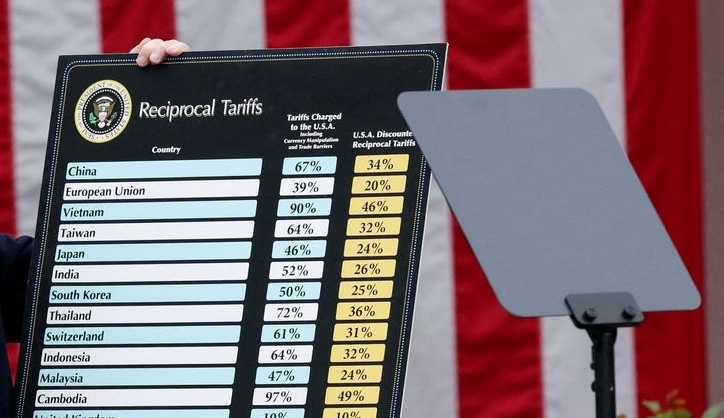As global trade dynamics continue to evolve, the recent U.S. Tariffs —particularly the 10% universal tariff on imports—are reshaping supply chains and production models across industries. For the additive manufacturing (AM) sector, this shift presents a complex but potentially transformative landscape.
U.S. Tariffs causing Disruption in the Supply Chain: A Challenge for AM Growth
Additive manufacturing, while often positioned as a decentralizing and democratizing force in production, remains reliant on a global supply chain for materials, electronics, and precision components. The latest round of tariffs has resulted in increased input costs, particularly for AM systems that incorporate imported lasers, motors, control systems, and specialty powders. This inflation in capital and operating expenses could slow adoption among small and medium enterprises (SMEs) and limit experimentation in new applications.
Even for established AM businesses, higher material costs threaten to compress margins or require reengineering of sourcing strategies—particularly for polymers and metals that are not yet produced at scale domestically.
A Catalyst for Localized Innovation
However, as with any disruption, opportunity emerges. One of the defining value propositions of AM is its ability to enable localized, on-demand production. In a tariff-heavy environment, AM becomes a strategic asset. U.S. companies are increasingly considering reshoring and nearshoring strategies, and AM is playing a central role in enabling these transitions.
By eliminating the need for tooling and reducing dependence on overseas suppliers, AM offers a direct response to rising import costs. In sectors like aerospace, defense, medical devices, and energy, where supply chain security and production agility are critical, this makes additive manufacturing more than just a technical innovation—it becomes a strategic imperative.
Strategic and Technical Considerations
Yet, the path forward is not without nuance. Transitioning to additive manufacturing requires upfront investment—not only in hardware, but in workforce training, certification, and process development. Moreover, while AM offers flexibility, it is not always a one-to-one replacement for traditional manufacturing—especially when it comes to high-volume production or complex post-processing needs.
From a technical standpoint, the push to substitute imported materials will also accelerate the need for robust domestic production of AM-grade powders and filaments. This presents both a challenge and a long-term opportunity for materials science and powder metallurgy industries in the U.S.

Rebalancing Risks and Returns with U.S. Tariffs
The current U.S. Tariffs, while aimed at protecting domestic industry, has introduced new variables into the decision-making process for manufacturers. For the additive manufacturing sector, it is simultaneously a headwind and a tailwind—challenging current cost structures while accelerating the case for adoption.
As supply chains reconfigure and policy environments shift, additive manufacturing’s role is poised to expand—not just as a tool for production, but as a linchpin for resilient, future-ready manufacturing strategies.


